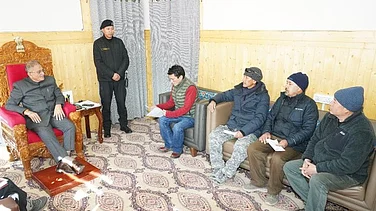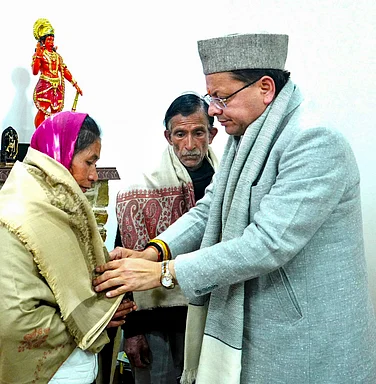The Aircraft Accident Investigation Bureau will take a decision on where the black box of the Air India flight which crashed in Ahmedabad will be decoded after “due assessment of all technical, safety, and security considerations,” the Ministry of Civil Aviation (MoCA) said on Thursday.
According to the statement, two different sets of black boxes were recovered from the plane, one on June 13 and another on June 16. According to the regulations, flights require two units to be located in the aircraft. These are called the Extended Airborne Flight Recorders (EAFR). One is located in the nose and the other in the rear for precaution, in case one is damaged.
The AAI released the statement amid speculations that the black box might be sent to the United States for decoding as the AAIB lab is not fully-equipped to analyse the damaged units.
The Ministry stated that, “It has been reported in certain media outlets that the CVR/DFDR (cockpit voice recorder/digital flight data recorder) from the ill-fated AI171 flight is being sent abroad for retrieval and analysis. The decision regarding the location for decoding the flight recorders will be taken by the AAIB after due assessment of all technical, safety, and security considerations. The Ministry of Civil Aviation urges all stakeholders to refrain from speculation on such sensitive matters and to allow the investigative process to proceed with the seriousness and professionalism it warrants.”
Giving an update on the crash investigation, the ministry said that “key recovery work, including site documentation and evidence collection, has been completed, and further analysis is now underway.”
According to sources, deliberations are underway on whether to send the units to the National Transportation Safety Board (NTSB) Vehicle Recorder Laboratory in the US for data extraction and analysis, or perform the exercise at the AAIB’s new black box lab in Delhi, The Indian Express reported.
The new AAIB lab was built with support of Hindustan Aeronautics Limited (HAL) that bolstered the agency’s capability to repair damaged black boxes, retrieve data, and conduct thorough analyses of accidents with high accuracy.




























